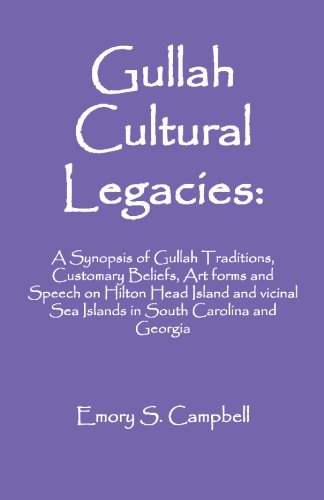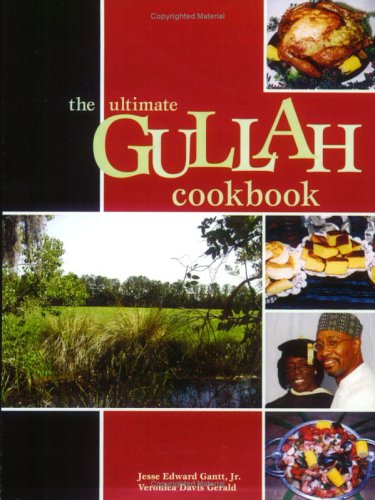

Gullah cultural legacies E185.93 .S7 C27 2005

The ultimate Gullah cookbook TX715.2 .S68 G36 2003
Gullah statesman E185.97 .S6 M55 2008
Down by the riverside F279 .A43 J69 2009
The Gullah people and their African heritage E185.93 .S7 P65 2005
Juniata College
1700 Moore Street
Huntingdon, PA 16652
Juniata College
1815 Moore Street
Huntingdon, PA 16652
